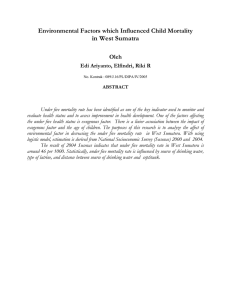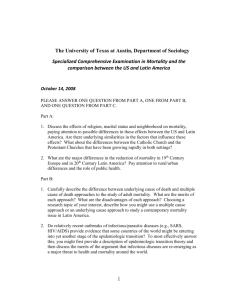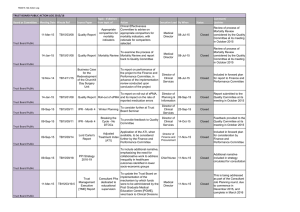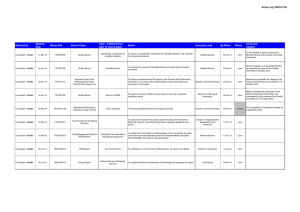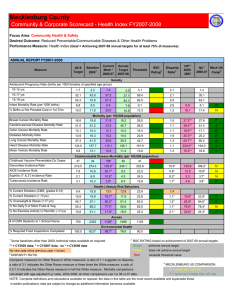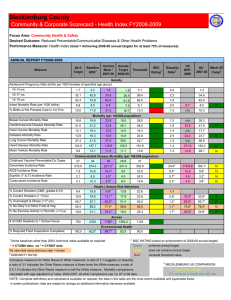Specialty Exam on the Demography of Health and Mortality Spring
advertisement
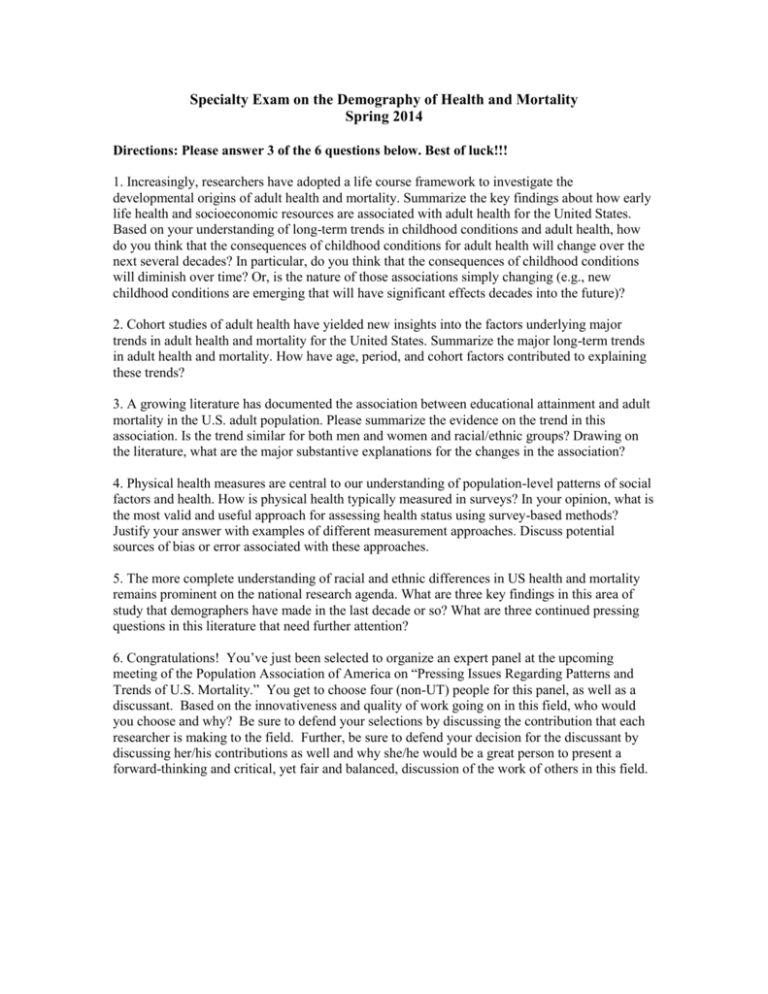
Specialty Exam on the Demography of Health and Mortality Spring 2014 Directions: Please answer 3 of the 6 questions below. Best of luck!!! 1. Increasingly, researchers have adopted a life course framework to investigate the developmental origins of adult health and mortality. Summarize the key findings about how early life health and socioeconomic resources are associated with adult health for the United States. Based on your understanding of long-term trends in childhood conditions and adult health, how do you think that the consequences of childhood conditions for adult health will change over the next several decades? In particular, do you think that the consequences of childhood conditions will diminish over time? Or, is the nature of those associations simply changing (e.g., new childhood conditions are emerging that will have significant effects decades into the future)? 2. Cohort studies of adult health have yielded new insights into the factors underlying major trends in adult health and mortality for the United States. Summarize the major long-term trends in adult health and mortality. How have age, period, and cohort factors contributed to explaining these trends? 3. A growing literature has documented the association between educational attainment and adult mortality in the U.S. adult population. Please summarize the evidence on the trend in this association. Is the trend similar for both men and women and racial/ethnic groups? Drawing on the literature, what are the major substantive explanations for the changes in the association? 4. Physical health measures are central to our understanding of population-level patterns of social factors and health. How is physical health typically measured in surveys? In your opinion, what is the most valid and useful approach for assessing health status using survey-based methods? Justify your answer with examples of different measurement approaches. Discuss potential sources of bias or error associated with these approaches. 5. The more complete understanding of racial and ethnic differences in US health and mortality remains prominent on the national research agenda. What are three key findings in this area of study that demographers have made in the last decade or so? What are three continued pressing questions in this literature that need further attention? 6. Congratulations! You’ve just been selected to organize an expert panel at the upcoming meeting of the Population Association of America on “Pressing Issues Regarding Patterns and Trends of U.S. Mortality.” You get to choose four (non-UT) people for this panel, as well as a discussant. Based on the innovativeness and quality of work going on in this field, who would you choose and why? Be sure to defend your selections by discussing the contribution that each researcher is making to the field. Further, be sure to defend your decision for the discussant by discussing her/his contributions as well and why she/he would be a great person to present a forward-thinking and critical, yet fair and balanced, discussion of the work of others in this field.

